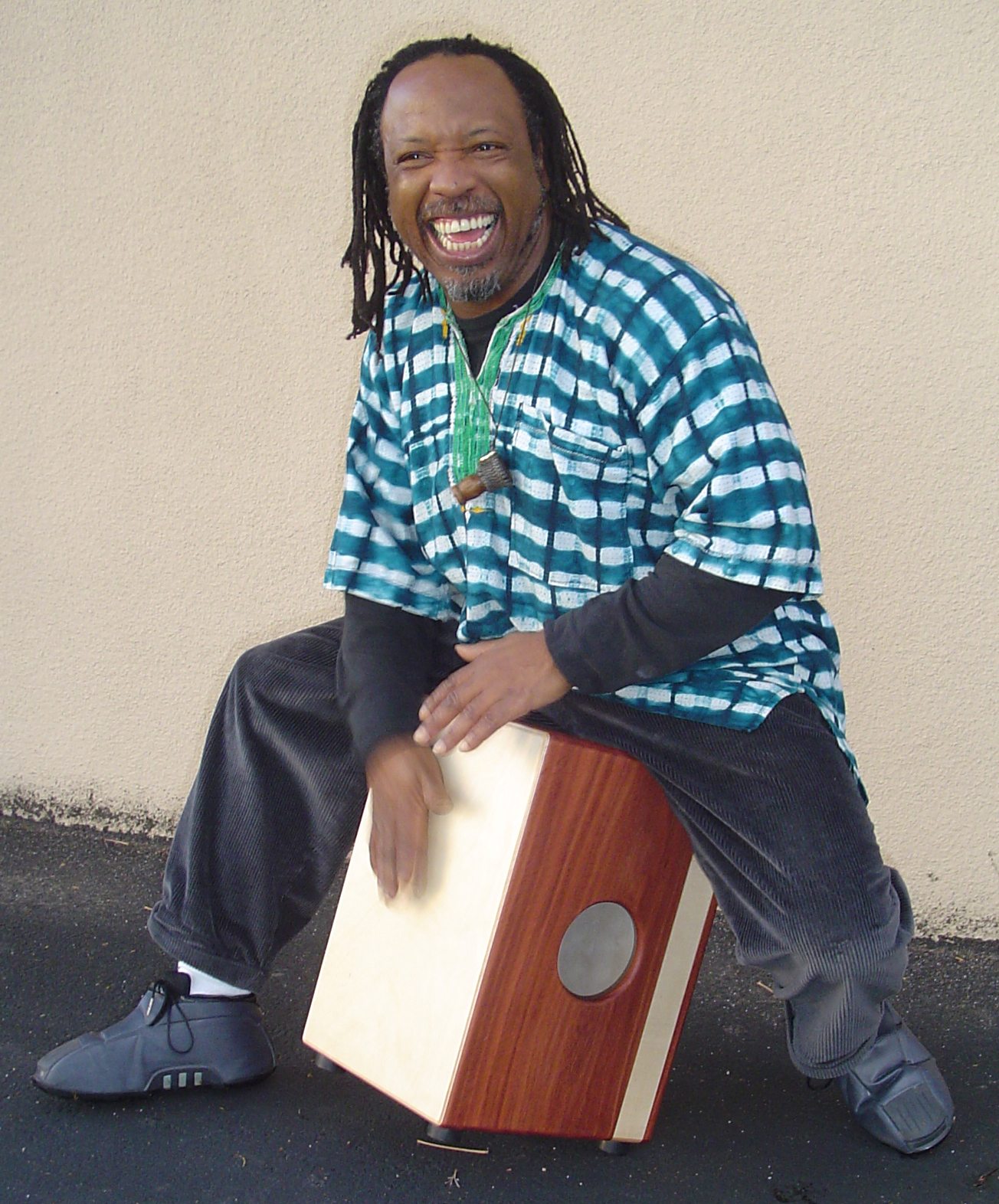|
Cajón
A cajón (; "box", "crate" or "drawer") is a box-shaped percussion instrument originally from Peru, played by slapping the front or rear faces (generally thin plywood) with the hands, fingers, or sometimes implements such as brushes, mallets, or sticks. Cajones are primarily played in Afro-Peruvian music (specifically música criolla), but has made its way into flamenco as well. The term cajón is also applied to other box drums used in Latin American music, such as the Cuban cajón de rumba and the Mexican cajón de tapeo. Description Sheets of 13 to 19 mm (1/2 to 3/4 inch) thick wood are generally used for five sides of the box. A thinner sheet of plywood is nailed on as the sixth side, and acts as the striking surface or head. The striking surface of the cajón drum is commonly referred to as the ''tapa''. A sound hole is cut on the back side. The modern cajón may have rubber feet, and has several screws at the top for adjusting percussive timbre. Originally the ... [...More Info...] [...Related Items...] OR: [Wikipedia] [Google] [Baidu] |
Cajón De Rumba The cajones de rumba are wooden boxes used as rhythmic percussion instruments in some styles of Cuban rumba. There are different types of cajones, namely the ''cajón tumbadora'', the ''cajón bajo'' and the ''cajita'', all of which are hand-struck. Cajones arrived to the docks of Matanzas and Havana in the 19th century. They were full of imported fish, mainly cod, but quickly repurposed as drums by the Afro-Cuban dockworkers. The big boxes were the precursors of the modern tumbadora and the small ones corresponded to the modern quinto (the smallest, lead conga drum). The equivalent of claves were two wooden spoon |
